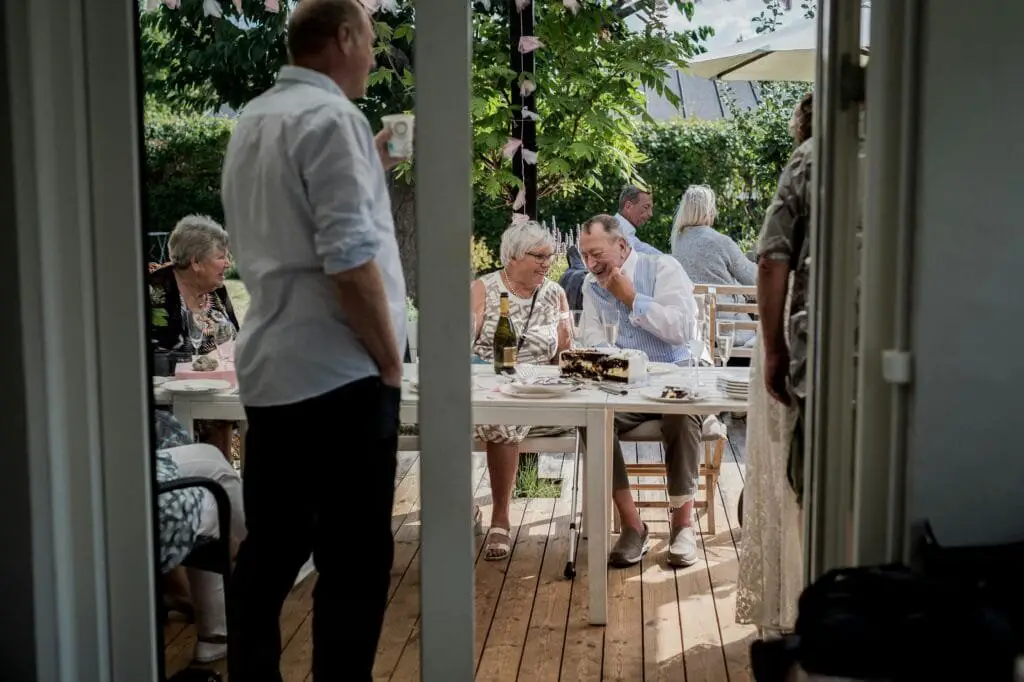1. Star Trek (1966–1969)
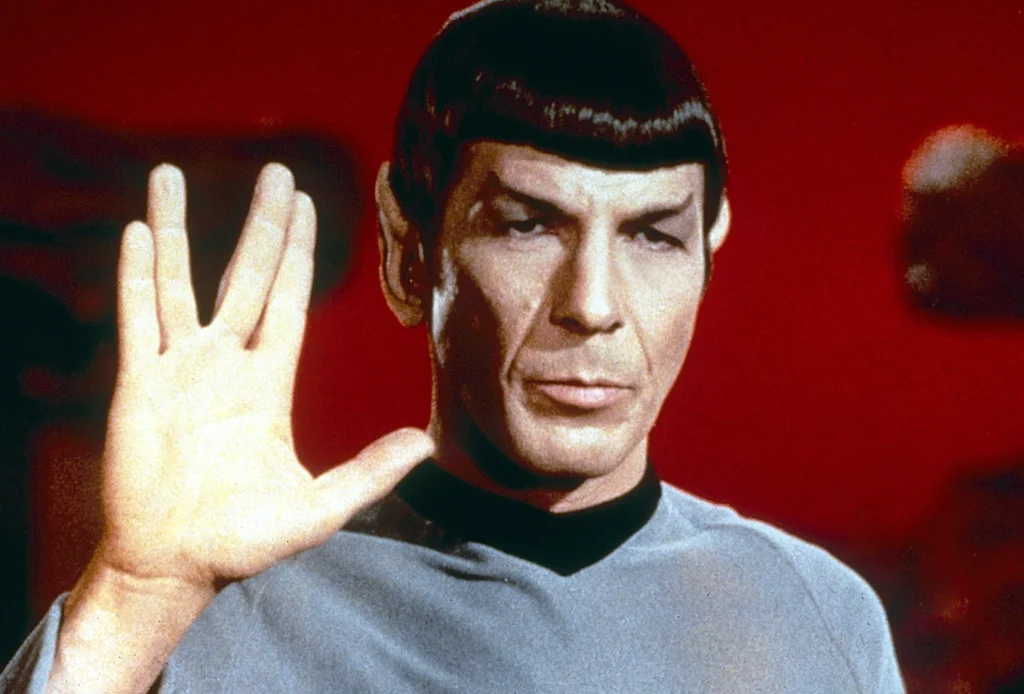
Sure, Star Trek had aliens, transporters, and futuristic tech, but its most radical move was putting diversity on the bridge of the USS Enterprise. You had a Black female communications officer, a Japanese-American helmsman, and a Russian navigator—all working side by side at the height of civil rights tensions and the Cold War. That kind of representation was basically unheard of in mainstream TV at the time. And yes, that famous kiss between Captain Kirk and Lt. Uhura broke major ground—it was one of the first interracial kisses on American television.
What makes it even more groundbreaking is the series’ bold tackling of social issues, using sci-fi allegory to comment on race, war, and human rights. The writers didn’t just hint at equality—they put it front and center. Gene Roddenberry imagined a future where people were judged not by their ethnicity or gender, but by their skills and courage. For a show in the ‘60s, that was practically rebellious.
2. Julia (1968–1971)
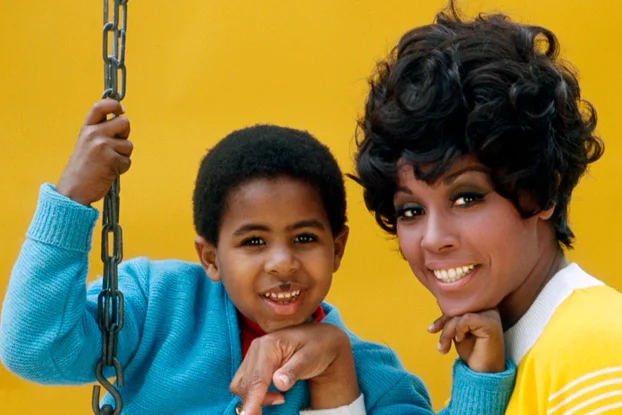
When Diahann Carroll starred as Julia Baker, a widowed nurse raising her young son, it marked the first time a Black woman led a primetime series not playing a domestic worker. That alone made Julia historic. But what made it quietly radical was how it presented a middle-class Black family with warmth, humor, and normalcy. No trauma tropes, no stereotypes—just everyday life.
The show wasn’t perfect, but it broke ground simply by being there. Carroll’s character had agency, intelligence, and style. She wasn’t defined by her race, but she wasn’t disconnected from it either. Julia laid important groundwork for how future shows portrayed Black women—as whole, complex, and fully modern.
3. The Dick Van Dyke Show (1961–1966)
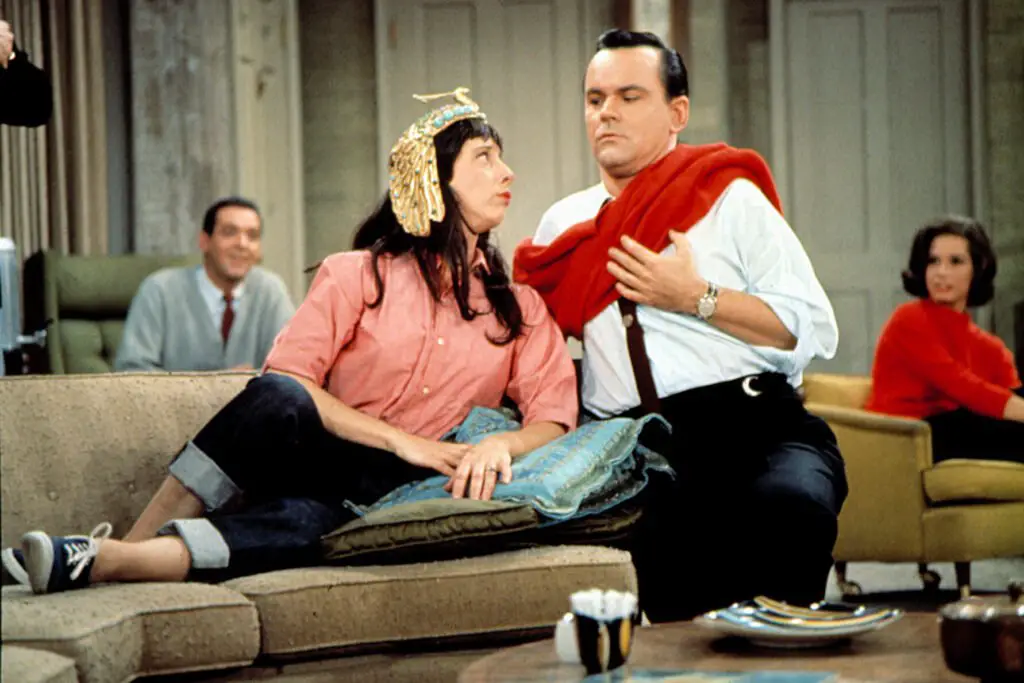
On the surface, it’s all pratfalls and punchlines, but look closer and The Dick Van Dyke Show was subtly progressive. Mary Tyler Moore’s Laura Petrie didn’t look or act like the typical ‘60s housewife. She wore capri pants instead of dresses, cracked jokes, and had a life beyond laundry and dinner parties. Laura and Rob’s marriage felt like a partnership—full of mutual respect, not just sitcom bickering.
Behind the scenes, the show tackled gender dynamics with grace. Moore’s portrayal helped redefine what women could be on screen: witty, stylish, and empowered. Plus, the show offered a rare glimpse into a working man’s life that wasn’t just macho bravado—Rob was thoughtful, goofy, and emotionally available. That blend of gentle feminism and modern masculinity? Pretty forward-thinking for its time.
4. I Spy (1965–1968)

Casting Bill Cosby as a co-lead wasn’t just unusual—it was revolutionary. He wasn’t playing a sidekick or a comic relief character. Cosby’s Alexander Scott was smart, athletic, suave, and equal in every way to Robert Culp’s white counterpart. That kind of racial parity just didn’t exist in TV back then.
The show didn’t use race as a punchline or moral lesson—it simply showed a Black man succeeding in elite international espionage. And doing it with style. That quiet normalcy of representation actually made a loud statement. I Spy helped lay the foundation for future action stars of all backgrounds to take the lead without having to justify their existence.
5. Bewitched (1964–1972)
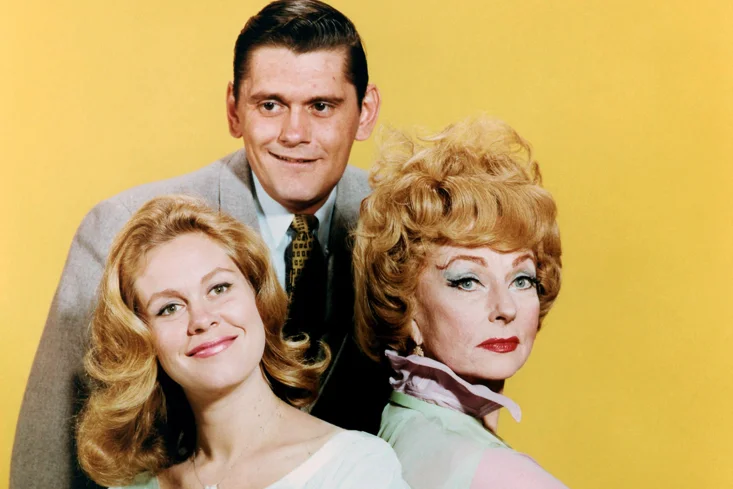
It’s tempting to see Bewitched as a frothy fantasy sitcom, but it had some serious subtext bubbling underneath. Samantha wasn’t just a witch—she was a metaphor for female power in a society trying to suppress it. Her husband constantly asked her not to use her magic, symbolizing how men often wanted women to downplay their abilities. And she pushed back, often bending reality on her terms.
The show served up feminist ideas in sparkly packaging. Samantha had independence, wit, and agency—traits not always given to female characters in that era. Behind the laugh track was a story about a woman negotiating how to live authentically while still keeping peace at home. It’s lighthearted, yes, but there’s no denying its sly, empowering message.
6. Room 222 (1969–1974)
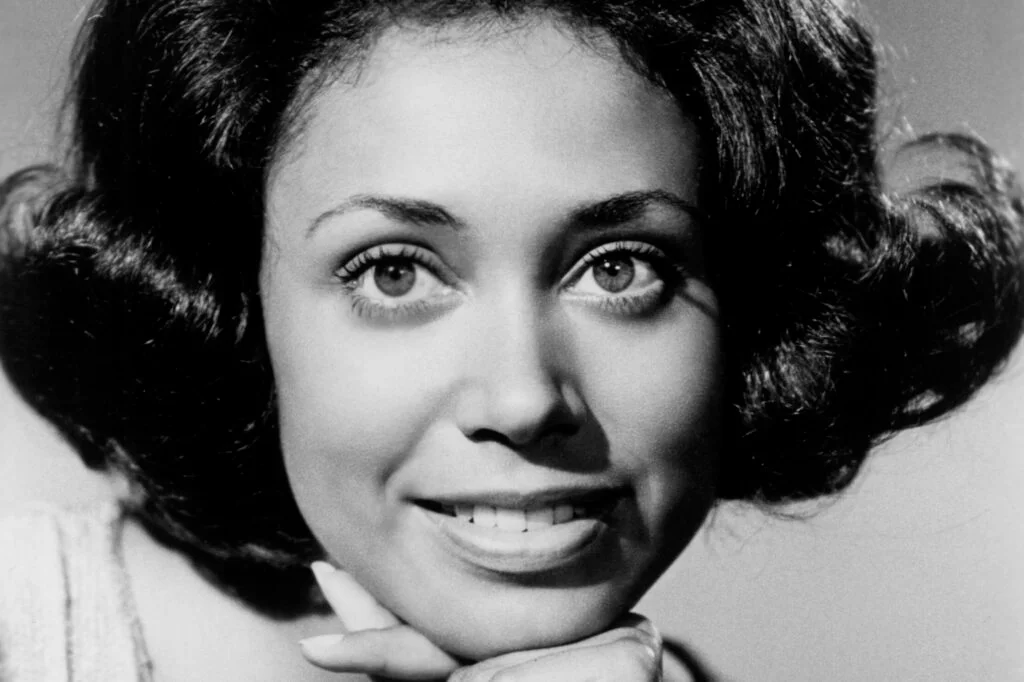
Before Welcome Back, Kotter or Degrassi, there was Room 222, and it quietly shook up the classroom drama genre. Lloyd Haynes starred as Pete Dixon, a Black history teacher at a diverse Los Angeles high school—and he wasn’t a caricature or background player. He was a calm, principled, deeply human character guiding students through social issues with empathy. The school itself was multi-racial and multi-dimensional, offering one of TV’s earliest diverse casts that felt authentic.
It tackled themes like prejudice, civil rights, and generational conflict head-on—without afterschool-special cheese. The show didn’t preach; it just reflected real life, which was radical in its own way. Watching Dixon and his students work through big societal shifts with respect and nuance made the show far more progressive than most people remember. And it set a tone for socially conscious television that’s still felt today.
7. That Girl (1966–1971)
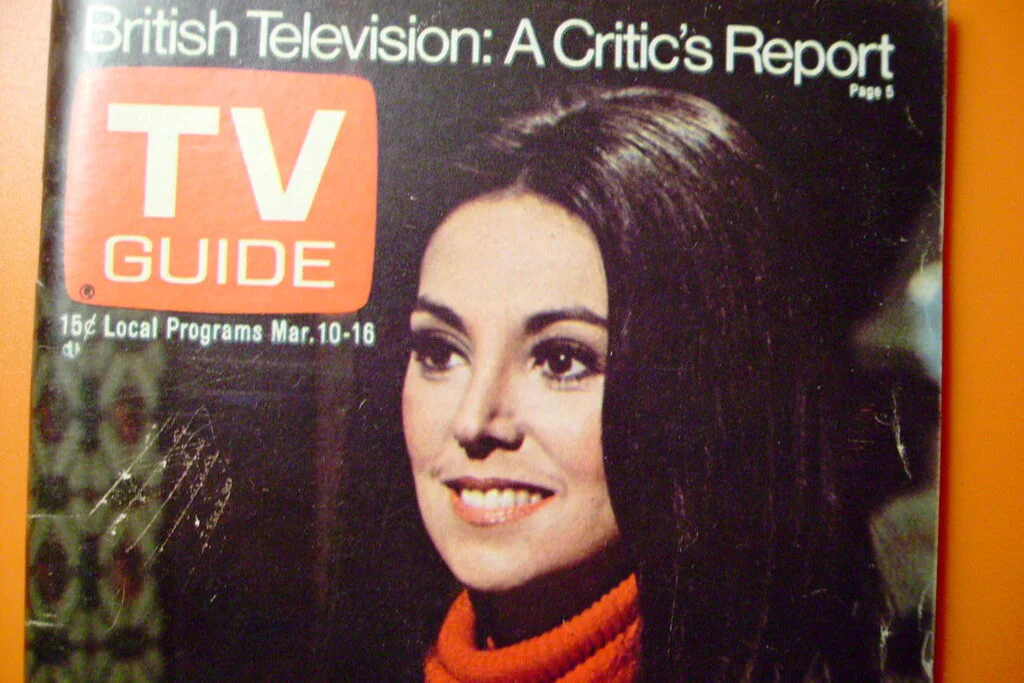
Marlo Thomas wasn’t just playing Ann Marie—she was embodying a new kind of woman on TV. Ann was a single aspiring actress living in New York, trying to make it on her own. That might sound standard today, but in the ‘60s, women on television were almost always married, domestic, or waiting to be one of those things. Ann was chasing dreams, not a husband—and that was huge.
The show captured a young woman’s life with honesty and style, allowing viewers to see female independence as aspirational rather than threatening. Thomas herself insisted on keeping Ann unmarried by series end, a choice that challenged expectations. That Girl offered a prototype for characters like Mary Richards (The Mary Tyler Moore Show) and even Carrie Bradshaw decades later. It was funny and charming, yes—but it also signaled a cultural shift that had just begun.


